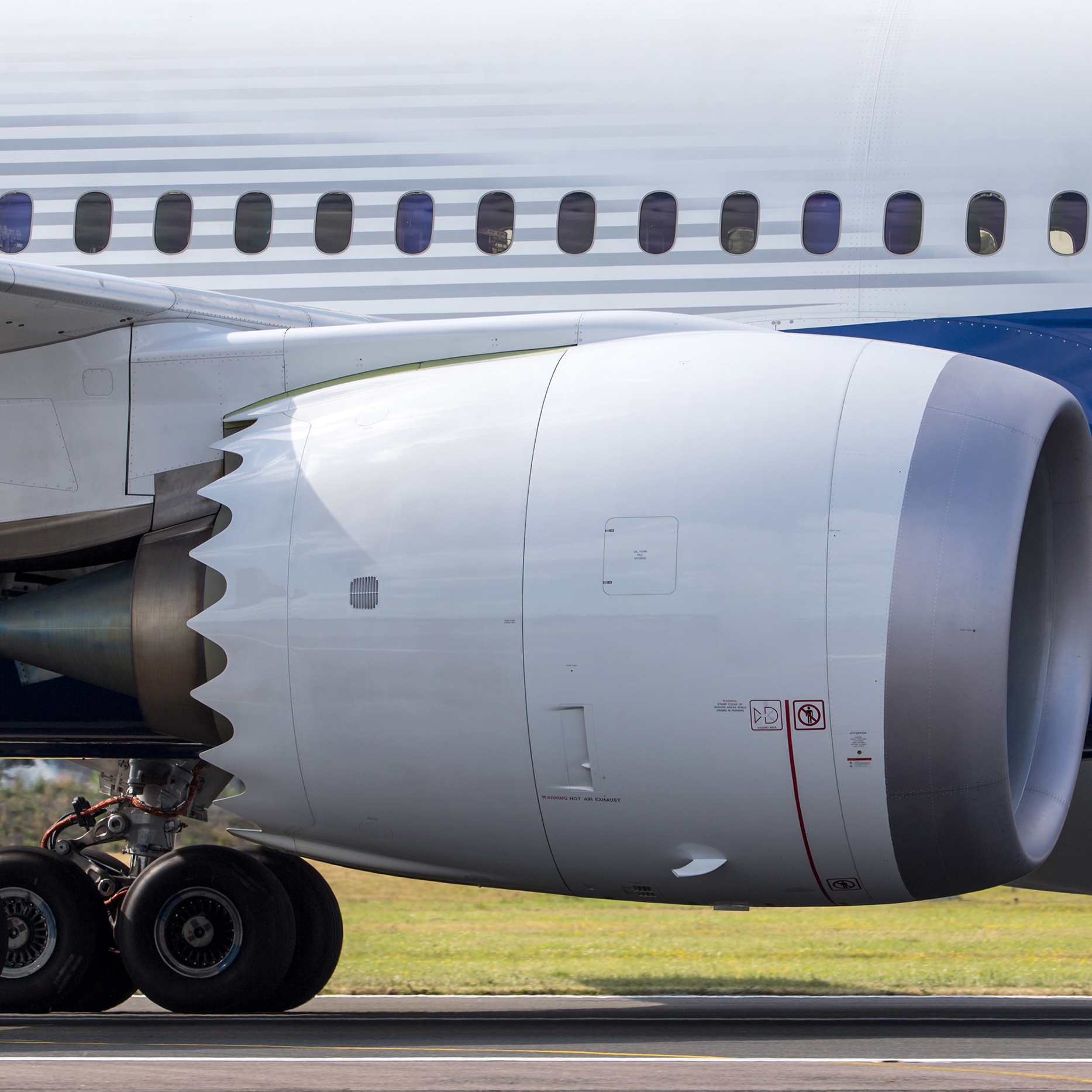

Less than a month after last November’s election, President-elect Donald Trump said he wanted to cancel the order placed in January 2015 with Boeing Co. (NYSE: BA) for a pair of 747-8s that are destined to become the new presidential plane, Air Force One. Trump cited the program cost of $4 billion as the reason and chided Boeing with “doing a little bit of a number.”
In early August, the U.S. Air Force and Boeing were near a deal involving two 747-8s that were originally built for a Russian airline but were never delivered due to the airline’s bankruptcy. A new 747-8 has a list price of $378.5 million ($757 million for two), so the Air Force is likely to pick up some significant savings on the cost of the planes, but that’s not where the money goes.
The bulk of the $4 billion price tag the president cited pays for the unique electronics, hardening and other requirements that go into Air Force One to enable it to meet the unique mission requirements of being a mobile command center for the President of the United States. Now the Air Force is looking at ways to shave off more of those capabilities and costs.
According to a report at Defense One, Boeing CEO Dennis Muilenburg met with the president in late December and outlined four proposals to lower the program cost. One would have cut $1 billion from the total project cost. The president liked that one so much he announced that he’d cut the project cost by $1 billion, while suggesting that the price was still too high.
Following his inauguration, Trump ordered a review of the proposals and all four were rejected by the Air Force, claiming the cuts were so severe that they jeopardized the unique mission requirements for Air Force One.
But the service is stuck with the president’s claim of $1 billion in savings and is now turning over rocks trying to make that happen. Among the items included in the cost-saving proposals under consideration is one to scrap Air Force One’s ability to be refueled in flight. This is a feature of the current Air Force One that has never been used and one that may well be unnecessary since the 747-8’s range is nearly 1,900 nautical miles more than the current plane’s range.
Air Force One’s custom interior, including a special humidified climate control system, would be sacrificed to reduce costs further. Air Force spokeswoman Ann Stefanek also said, “From this point forward any additional cost savings will arise from capitalizing on acquisition process opportunities.”
It’s a little difficult to see how cloth-covered rather than leather-covered seats are going to go very far toward saving $1 billion. The final details of the program and its budget are not due until next summer.
Sponsored: Attention Savvy Investors: Speak to 3 Financial Experts – FREE
Ever wanted an extra set of eyes on an investment you’re considering? Now you can speak with up to 3 financial experts in your area for FREE. By simply
clicking here you can begin to match with financial professionals who can help guide you through the financial decisions you’re making. And the best part? The first conversation with them is free.
Click here to match with up to 3 financial pros who would be excited to help you make financial decisions.
Thank you for reading! Have some feedback for us?
Contact the 24/7 Wall St. editorial team.
 24/7 Wall St.
24/7 Wall St.